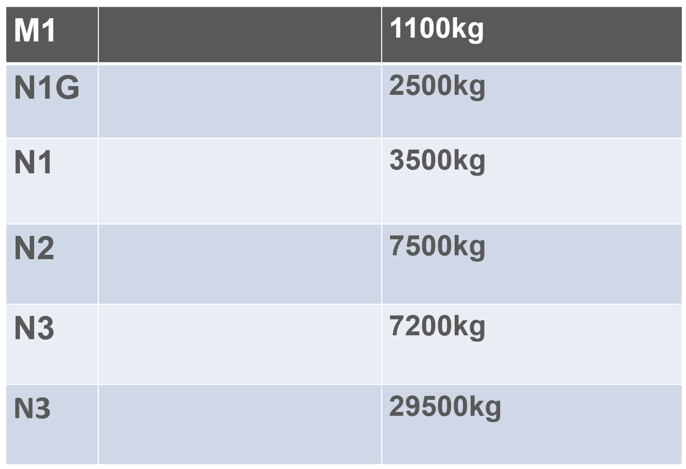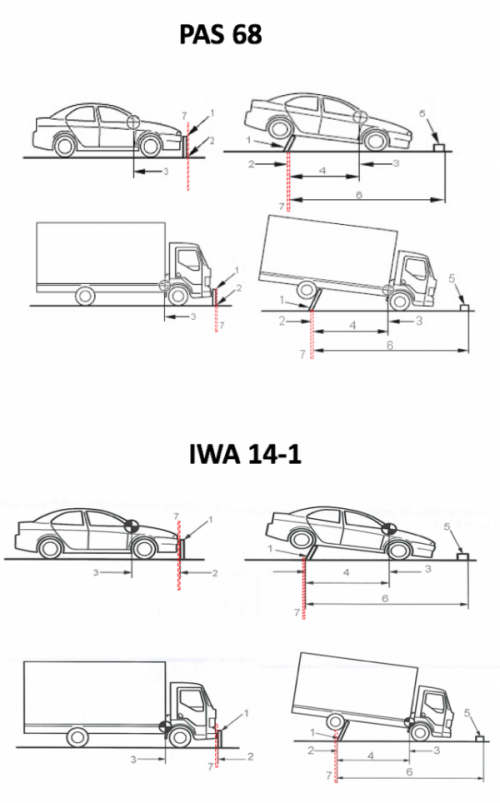Hostile Vehicle Attacks
The recent spate of Hostile Vehicle Attacks (HVA’s) has resulted in an increase in the available Vehicle Security Barriers (VSB’s) being pitched to the market as viable solutions to help mitigate this increasingly common threat. However, many of these barriers do not comply with basic standardised testing, and this ultimately results in Hostile Vehicle Mitigation solutions that are not fit for purpose, and also likely to fail in the event of an attack.
Where Vehicle Security Barriers are employed as a means of Hostile Vehicle Mitigation, government agencies advocate the use of VSB that are rated to the International Workshop Agreement 13-1 (IWA 14-1) standard or the Publicly Available Specification 68 (PAS 68). Both of these standards set a criterion to measure the effectiveness of VSB and help alleviate the risks that can be introduced when untested or under engineered barriers that have been employed in a Hostile Vehicle Mitigation function.
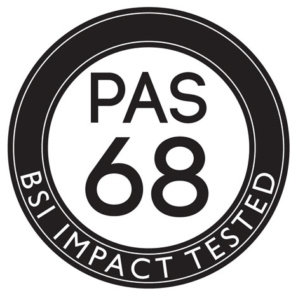

Performance Criteria
Both IWA 14-1 and PAS 68 have predefined performance criteria that measure the effectiveness of Vehicle Security Barriers in different ways, each of these standards have specific impact classification that the VSB are rated against. These can include the type of vehicle and its mass, the angle that the vehicle will impact the VSB and the speed a vehicle will impact the VSB. Other important factors that determine the rating of VSB include, the distance that the vehicle penetrates past the VSB and the resulting pieces of debris produced through the sudden stopping of the vehicle.
Barriers often do not stop vehicles instantly and often results in the attacking vehicle travelling a significant distance beyond the barrier before stopping. Often increasing the likelihood of injury to those behind the VSB, even when IWA 14-1/PAS 68 barriers are employed. These risks can be reduced by ensuring an appropriate stand-off distance exists between the barriers and the crowd, or by setting up multiple layers of VSB, in a checkerboard pattern with significant distance between them.
Planning a HVM Strategy
An important consideration when planning a HVM strategy is that of providing escape routes for people in the event of a vehicle attack. Often barriers and HVM strategies limit the movement of people and may restrict large crowds and increase the risks associated with crowd hysteria. Increasingly, HVA have involved vehicles mounting curves and travelling significant distances down footpaths. This has resulted in significant casualties as a result of attackers being able to gain significant speed while providing less time for people react to the incident. Strategically placed barriers and street furniture can disrupt a vehicles ability to drive down footpaths, by reducing the speed of an encroaching vehicle and often deterring an attack from taking place.
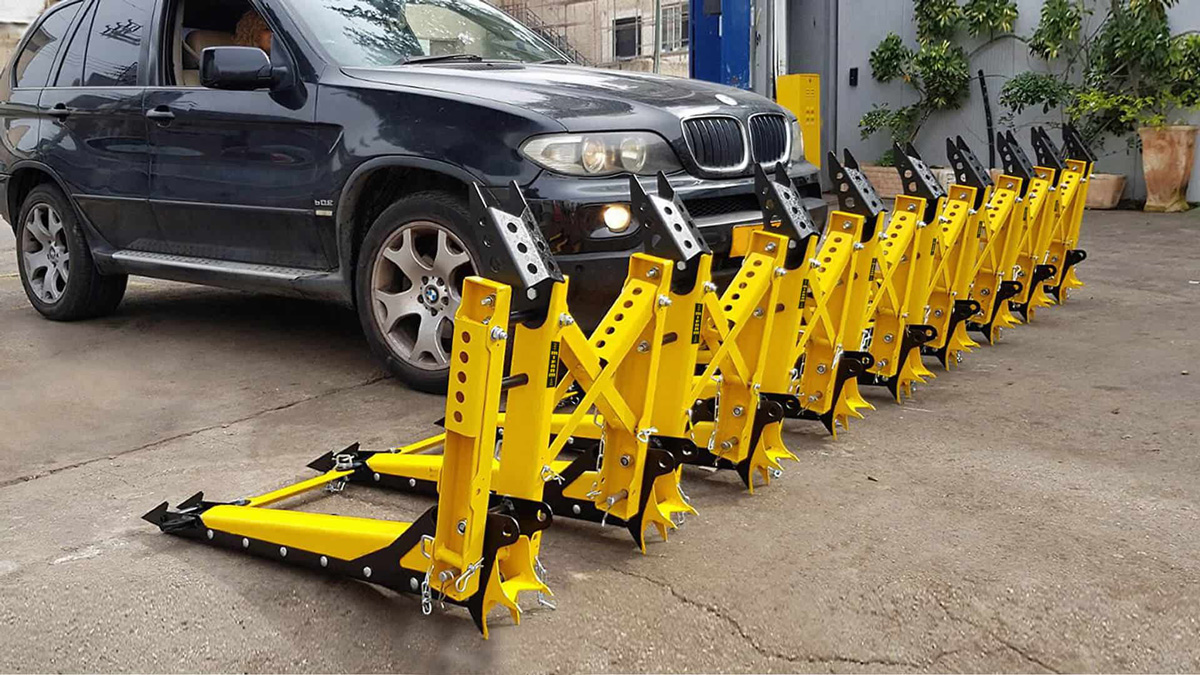
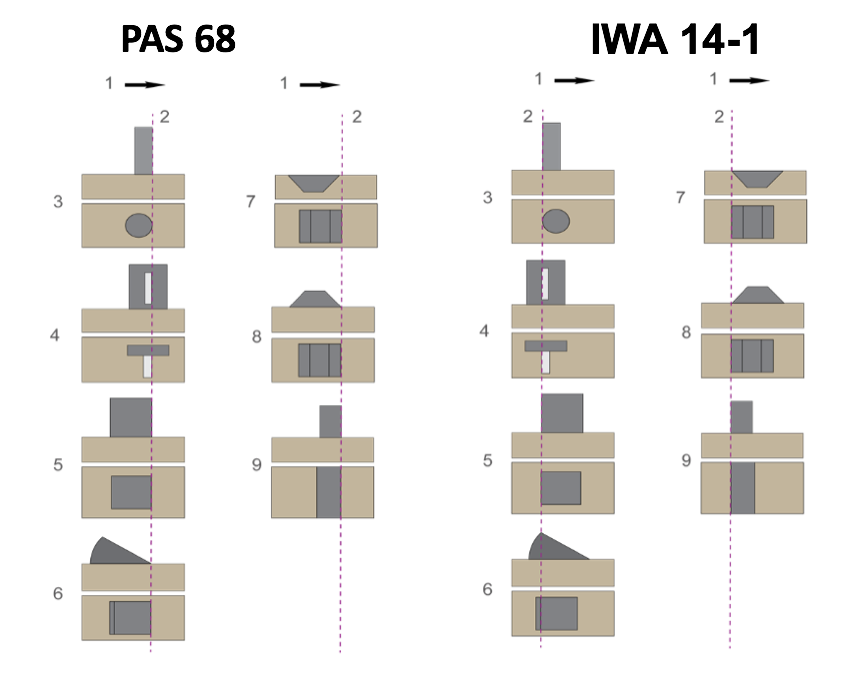
The performance criteria used to rate Vehicle Security Barriers
Key
1 = Direction of impact
2 = VSB datum line (the point from where penetration of the vehicle is measured)
3 = Bollard
4 = Gate / rising/swing arm barrier
5 = Planter
6 = Road Blocker
7 = Ditch
8 = Bund/ Berm
9 = Wall
How penetration is measured
Key
1 = Vehicle Security Barrier / test item
2 = VSB datum line
3 = Vehicle datum point
4 = Vehicle penetration distance
5 = Major debris
6 = Major debris distance
7 = Indication of change in position of penetration measurement
PAS 68: 2013 Vehicles
